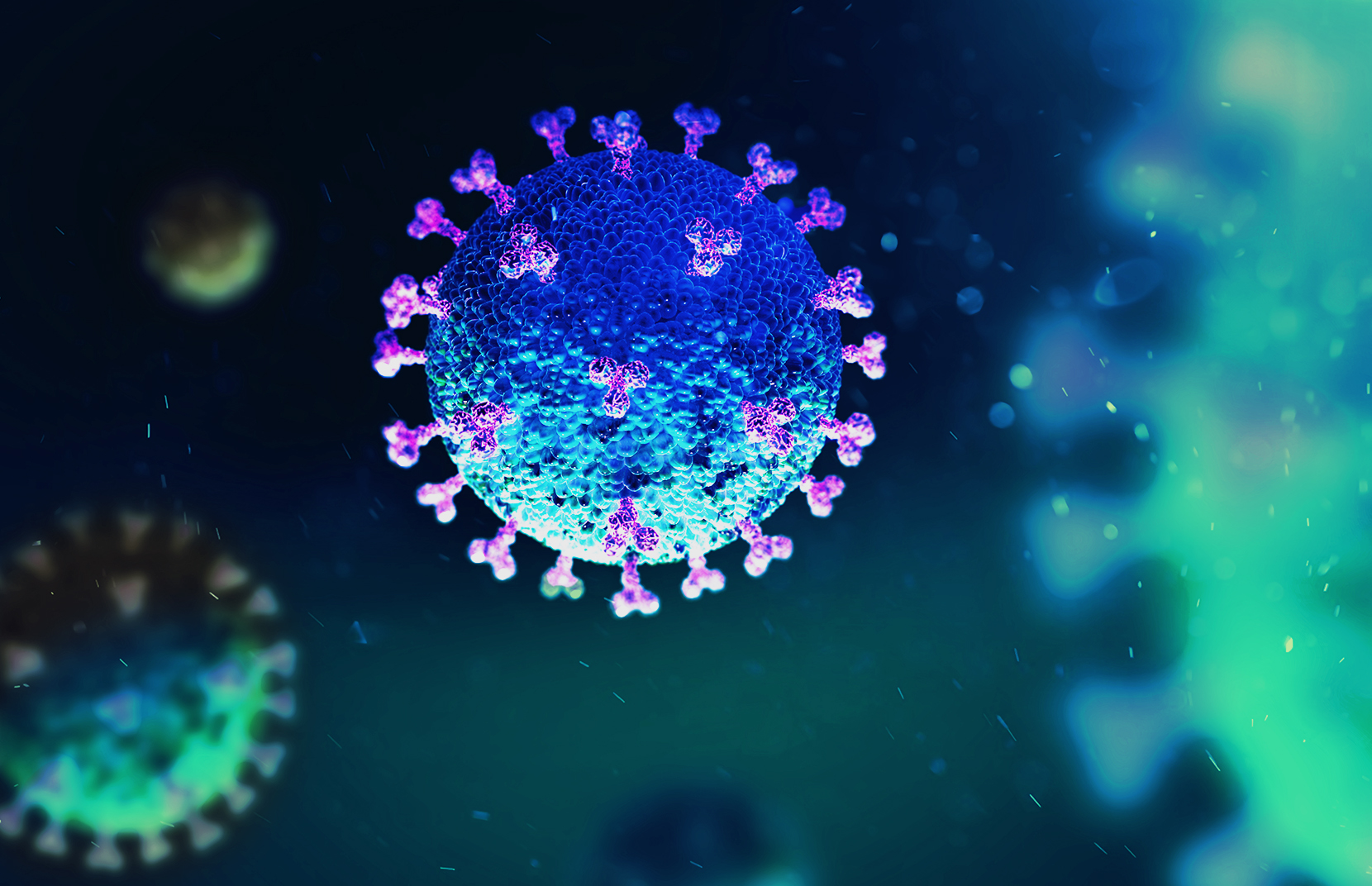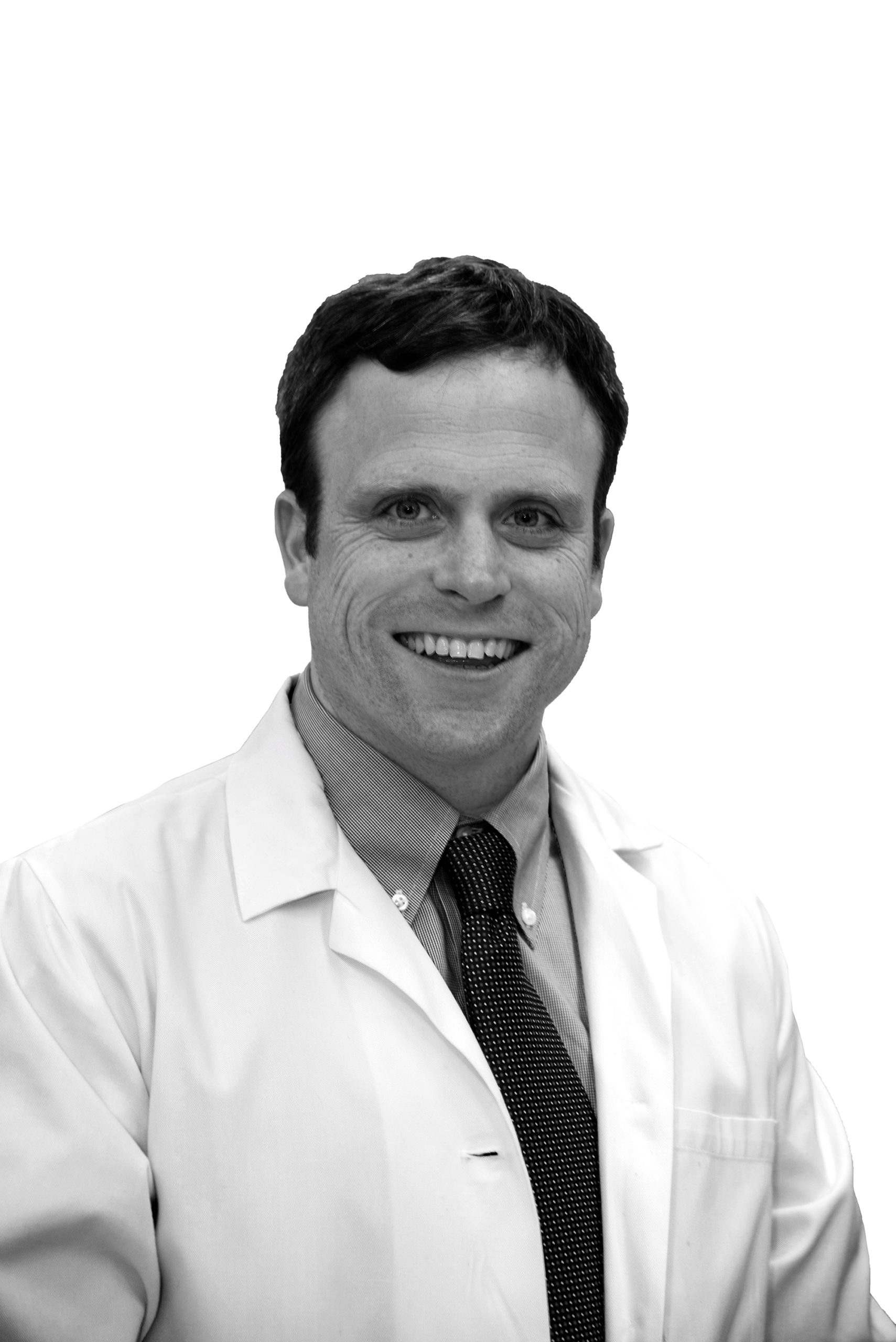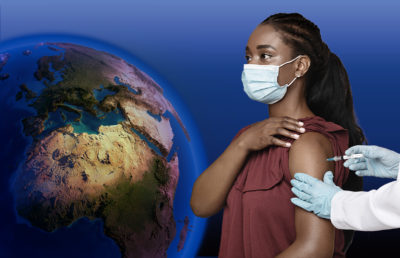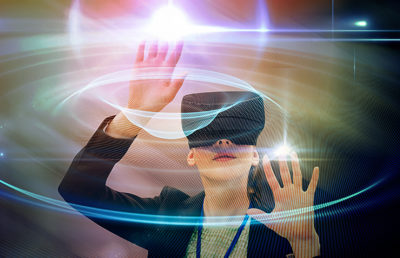During the fight against COVID-19, a faster diagnostic test is in development at the lab sponsored in part by the WorldQuant Initiative for Quantitative Prediction.
The exponential growth of COVID-19 has created an unprecedented health care crisis. As of mid-May, there were nearly 5 million confirmed cases globally. In New York — where cases have surpassed 350,000 — the medical community has been working hard to respond to the virus. Recently I spoke with Dr. Christopher Mason, an associate professor of physiology and biophysics and co-director of the WorldQuant Initiative for Quantitative Prediction at Weill Cornell Medicine. Dr. Mason describes the situation at New York hospitals, the role of predictive medicine and a new COVID-19 diagnostic test his lab is developing. Read my conversation with him below.
Can you explain COVID-19 in lay terms?
Christopher Mason: COVID-19 is the name of the disease that is caused by severe acute respiratory syndrome coronavirus 2, or SARS-CoV-2. That name doesn’t roll off the tongue, so it is shortened as COVID-19 because the disease was found at the end of 2019. There are seven types of coronaviruses. It’s called a coronavirus because it has these little spikes on the outside. If you look at the virus under a microscope, it looks like it’s wearing a crown — “corona” is Latin for crown. Those little spike proteins can actually adhere to human epithelial cells, like in your lungs. Once the coronavirus gets into your cells, it hijacks the cells’ machinery. To get started, it converts its RNA into proteins, which provide the raw materials to start the job of replicating itself. It uses the human cells’ machinery that normally modifies and controls human proteins to make new virus “packages” — which contain new copies of the virus RNA and other proteins — and leave the cell as a “virion,” which can then infect other cells. It basically convinces the human cell to make a copy of something bad.
How does COVID-19 compare with the flu?
It is about two times more infectious than the flu, based on what’s called an R naught [R0] statistic of how many people one person will infect. At the same time, it is about ten to 30 times more deadly than the flu, keeping in mind that the fatality rate of the flu is about 0.1 percent. The flu infects millions of people every year — 32 million in the U.S., on average — and tens of thousands die every year. However, one of the reasons people are more worried about COVID-19 is that we don’t want to have a “flu part two” that’s always roaming between the hemispheres and infecting people annually — and is more deadly. It’s too late for the flu, but hopefully it’s not too late for COVID-19.
Is Weill Cornell seeing a lot of COVID-19 patients?
Yes. Of those coming in and getting tested, it started out that about 10 to 15 percent of people were showing the SARS-CoV-2 virus. Then it was 25 percent. Recently, more than half of the people coming in who think they have COVID actually do. Finally, it has started to flatten out and come down.
What role does your lab play?
When patients are tested, their samples go to pathology to get a yes or a no answer to: is the virus there? Then, most of those samples [positive or negative] come to our lab. We have four people processing hundreds of samples a day doing RNA sequencing. We then look at all of the RNA species: human, viral, bacterial, fungal, and anything else. If there are other viruses present, we can see them. For example, in some of our patients we’ve identified influenza as well as coronavirus. Some people are getting an unfortunate double-dose of a virus; we can see that in the data.
We’re also developing a new test that has the potential to detect the virus in a fast and easy way. Instead of the traditional way of getting a sample using a nasopharyngeal swab — which is inserted through the nasal cavity to the back of your throat and is the equivalent of a cranial colonoscopy — our test works with just a buccal swab of your mouth or saliva. When our assay is fully rolled out, we could have results in as soon as 20 to 30 minutes.
Why do traditional testing methods take so long?
The current way you diagnose someone is to use a molecular biology technique called a qRT-PCR, or quantitative reverse-transcription polymerase chain reaction, to detect and amplify the virus’s RNA. First you have to extract the RNA from the patient’s cells, which you have to do in an automated way in the pathology laboratory. Next, the PCR machine, which amplifies the RNA through a series of thermal cycles, takes time. After you get the results back, you’ll want to perform quality control (“QC them”), to make sure your positives are positive and your negatives are negative. All in, PCR tests could take anywhere between two and eight hours.
What’s cool about our new experimental test is that it uses a single-tube reaction called LAMP, which stands for loop-mediated isothermal amplification. LAMP works really fast because we use what is called the strand displacement polymerase — once the primer finds the virus, it’ll keep making many, many copies continuously. [A primer is a short strand of nucleic acid used to start DNA synthesis.] Whereas with RT-PCR you have to heat up the reaction, essentially make it so the molecules disassociate, and then cool it back down again and then watch if the reaction happens a second time, with LAMP you keep everything at the same temperature. You run it at 65 degrees Celsius, and you’ll know essentially whether the virus is there within minutes. We put a chemistry into the tube that is like a pH meter, which goes from pink to yellow. So, if the virus is there, you could know in as fast as 15 to 20 minutes; if it’s a less-abundant virus it could be 30 minutes. That’s the goal we are working toward.
Since the virus mutates as it moves through the world, you can predict the likely origin of a mutation based on the country in which it was first seen.
And how did you come up with the idea for the test?
The chemistry behind the idea is actually old. The first paper on LAMP was published 20 years ago; it was a kind of proof of principle. In 2014, New England Biolabs (NEB) commercialized the method to make it more reliable, flexible and automated. I’ve advised the company for a while and know many of their scientists and methods, so I asked, “What is the fastest way to track the virus?” They said, “We collaborated with one group in China that got LAMP to work on seven samples.” The Chinese data were intriguing, but we all knew more data was needed. So, I said, “Well, we’ve got samples starting to come in here. Let’s try it. Let’s optimize it, then let’s make it mobile.” Since March, we have been working very closely with NEB’s scientists to get LAMP working across the U.S. and internationally, and we are openly publishing our protocol updates as we go along.
How does your LAMP test compare with the rapid COVID-19 test developed by Abbott Labs?
The Abbott Labs test can give results in about 15 minutes, and is built around some of the same ideas of “isothermal amplification.” However, technicians can test only one patient at a time, whereas LAMP and even PCR is scalable. We are setting up our reagents and protocols to all be open-source so people can build from them.
Did the strain of COVID-19 that hit New York come from Europe?
We think so, and we know this from several types of data. As samples started coming into Weill Cornell Medicine, we used a technology method called “total RNA sequencing” to examine the genetic code of the virus for the patients infected with SARS-CoV-2, as well as any other viruses present, and also to track the response of the infected human cells. This let us look at all the mutations present in the virus, and we could immediately compare this to other strains deposited online using a database called GISAID. Since the virus mutates as it moves through the world, you can predict the likely origin of a mutation based on the country in which it was first seen. We found a case in Belgium that seems to be one of the first sources of the New York strain. Our data was confirmed by work by other groups at NYU Langone and Mount Sinai, which shows that the majority of cases in NYC likely came from Europe.
As a geneticist, can you talk about the evolution of COVID-19?
We have seen different types of the virus, or strains, emerge as it has moved throughout the world. Once a virus comes into a region (like from Belgium), it can spread with different speeds. In China, scientists saw a mutation that defined a possible new strain called the “L strain,” and this was found in over 70 percent of the country’s cases. They postulated that this might be what made the virus so severe in Wuhan, and it was also seen in other places in Europe, but more data were needed. Strikingly, we identified a clear predominance of the L strain (94 percent) in NYC, which supports this idea. However, we don’t yet know how significant this is in terms of the biology of the virus and what it does to patient cells and if it leads to worse outcomes for those who get it — we are looking at this clinical data right now as a next step.
Is there a demonstrable difference between the strains of COVID-19 that came from China and from Europe, and how will that affect efforts to come up with a vaccine?
Yes, indeed, we are seeing varying strain distributions, like the L strain, but we also have found unique mutations and subgroups of viruses specific to New York City. The deletion we found in the virus for some NYC patients removed a piece of the SARS-CoV-2 virus that had evolved to be different from SARS-CoV-1, which means that some patients had a virus has somewhat “regressed back” to the previously known sequence of SARS. The deletion is in a conserved portion of a gene called NSP1, which has been linked to how humans respond to the virus and could potentially explain why the cases were so severe. All of our sequence data has been deposited into the GISAID and CDC databases, so other scientists and clinicians can develop better tests for tracking the virus and developing vaccines. Although the world has never been more interconnected — and thus at risk of a pandemic — we also have never been more scientifically and medically integrated to be able to rapidly track, sequence and respond to a viral threat as soon as it emerges. It gives me hope.
Is there anything that can be done in the future to prevent a similar pandemic?
Surveillance is going to be critical. We’re setting up this big surveillance network with a research project we started in 2015 called MetaSUB [metagenomics of subways and urban biomes], which has teams of people swabbing cities around the world. We’ve been looking historically at DNA, but now we wanted to say, “Well, what do we see for the RNA?” So we’ve transitioned the protocol to look for both DNA and RNA. The consortium right now is doing swabbing in 59 cities across 25 countries, including places like Seattle, Washington, and Daegu in South Korea that had big COVID-19 outbreaks. We’re creating the first genetic map of how RNA viruses exist around the world’s cities.
Swabbing, sequencing and mapping viruses is the simplest thing, but historically everyone thought it was too expensive. If it takes $100 a sample to sequence it and look at new viruses that are emerging — and you did that thousands of times a day — what would that cost? It might be $100 million a year, but that pales in comparison to the trillions of dollars being spent to deal with the economic fallout caused by COVID-19. So, I think there’s been a really resurgent appreciation for the value of surveillance. And how do we make it effective? Would we make the data open source, so people can learn from it? How do we make it accurate? These are all good questions to hone in on, but now the cost of it seems much more palatable, I think, to everyone who is standing by and anxious, quarantined at home.
But, we are not stopping there; we also want to look at the human cells’ response. We want to know: Why is it that some people get huge amounts of the virus in their body and don’t get sick at all? And other people have the completely opposite reaction? So, we are now learning about these sort of “innate superheroes,” immunologically, which is part of an ongoing project. Since we’re collecting the hospital samples, we can see who came in and tested positive but had pretty mild symptoms. This is all part of the path of “predictive medicine” — when the moment someone walks into the hospital, we know the best path forward, built on the billions of “data footsteps” of those who came before.
What has it been like to be working in New York at the epicenter of the coronavirus pandemic?
It has been both immensely hard but also incredibly inspiring. We got hit with the largest wave of cases for the virus. At the worst point, the city had nonstop sirens for almost a week, as ambulances were picking up COVID-19 patients and fighting the outbreak. At the same time, the camaraderie, solidarity and support from other hospitals and all of New York City has been extraordinary. Everyone has pitched in and been working nights, weekends and odd hours to make sure the best methods were in place for testing, tracing and treatments. We have had donations of supplies and staff come from all over the world. Every night at 7:00, all the people isolated in their own apartments and houses still open their windows and cheer, drum and yell in support of the health care and front-line workers to keep hope going strong.





